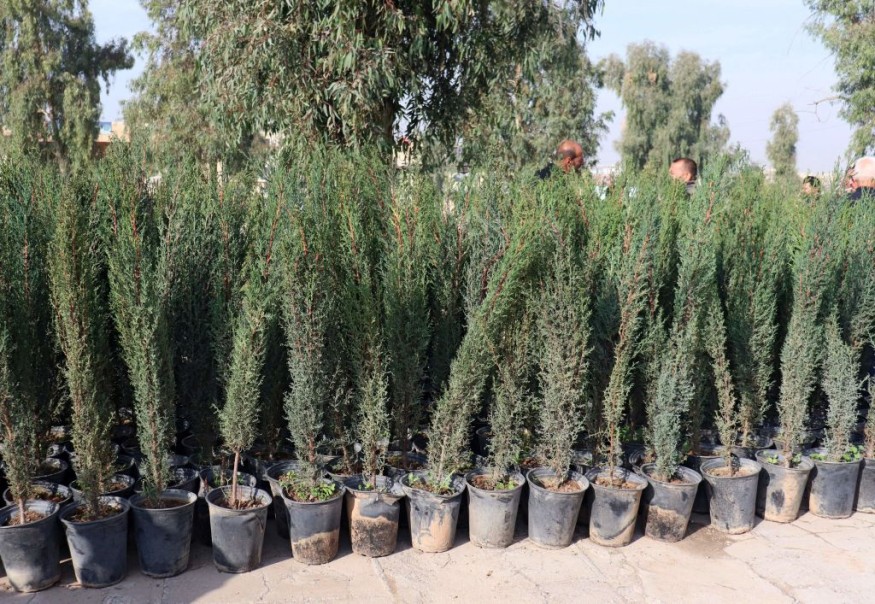Species biodiversity has been found in a new study to be possible when rare plants grow in urban gardens in the city, causing an attraction of a rare biodiversity of bees and birds.
The new research highlights that while there is still little understanding of how this happens, city gardens, even on the smallest frequencies can still be a haven for a myriad of animals.
Researchers from the United States concluded that rare plant species in urban gardens lure "rare bee and bird species" after examining related sites in North California.
The research team found that older gardeners and women who live near the gardens carefully choose and organize rare plants.
The study found there is inclination amongst some people placing uncommon plant species, which also yield in the attraction of unprecedented yet strange winged animals.
In addition, the research highlights the vulnerability of these rare species in an urban environment but attributes it as a potential conservation habitat.
The discovery comes amidst the increasing habitat loss in some rural areas worldwide where such rare bee and bird species are native.
While the expansion of human settlements and activities like deforestation threaten natural biodiversity and ecosystems, the recent study showed that the city life may not be such a bad thing after all.
Species Biodiversity

In the paper published in the journal Ecological Applications on July 10, researchers from Dartmouth College in Hanover, New Hampshire, led the study that observed that over 50% of the plants in the urban gardens belong to a rare species in the botanical taxonomy.
The team found what is rare in an urban garden can also be common in other areas, according to lead author Theresa Ong, who is an environmental studies assistant professor at the Ivy League university.
She confirmed that this is because it appears there is a "cascading effect of people" who are planting uncommon species, as cited by phys.org.
Ong also emphasized that while the city environment can allow these species to thrive, its designation as a rare phenomenon could foreshadow the future of these animals, including the risk of extinction.
For instance, the professor cites the purple finch (Haemorhous purpureus) to be one of the rare bird visitors in urban gardens but is a common species elsewhere in the world.
Also Read : Long Lost Urban Fruit May Be More Nutritious Than Commercially Grown Counterparts, Say Researchers
Urban Gardens and Habitat
The Dartmouth College team conducted a fieldwork to determine the 18 urban gardens or community gardens, including the countries of Santa Clara, Santa Cruz, and Monterey.
The factors that the team took into account are the age, local habitat, landscape, and context of the community gardens.
The common denominator for all the gardens is the utilization of organic gardening practices, which prohibits insecticides and pesticides.
While animals, including pollinators, benefit from the rare plants as shown by the study, it is also one of the instances where anthropogenic habitats can be conducive for them to live in.
According to the Smithsonian Institution, urban gardens can also provide habitat even if it is challenging to maintain a garden in urban settings, while at the same time replicating the complexities of a natural ecosystem.
© 2026 NatureWorldNews.com All rights reserved. Do not reproduce without permission.





